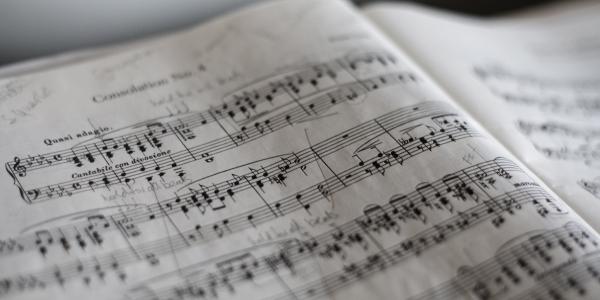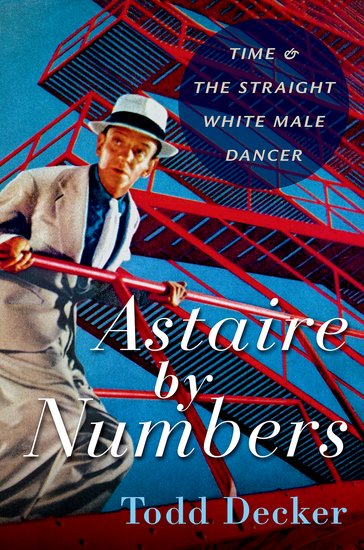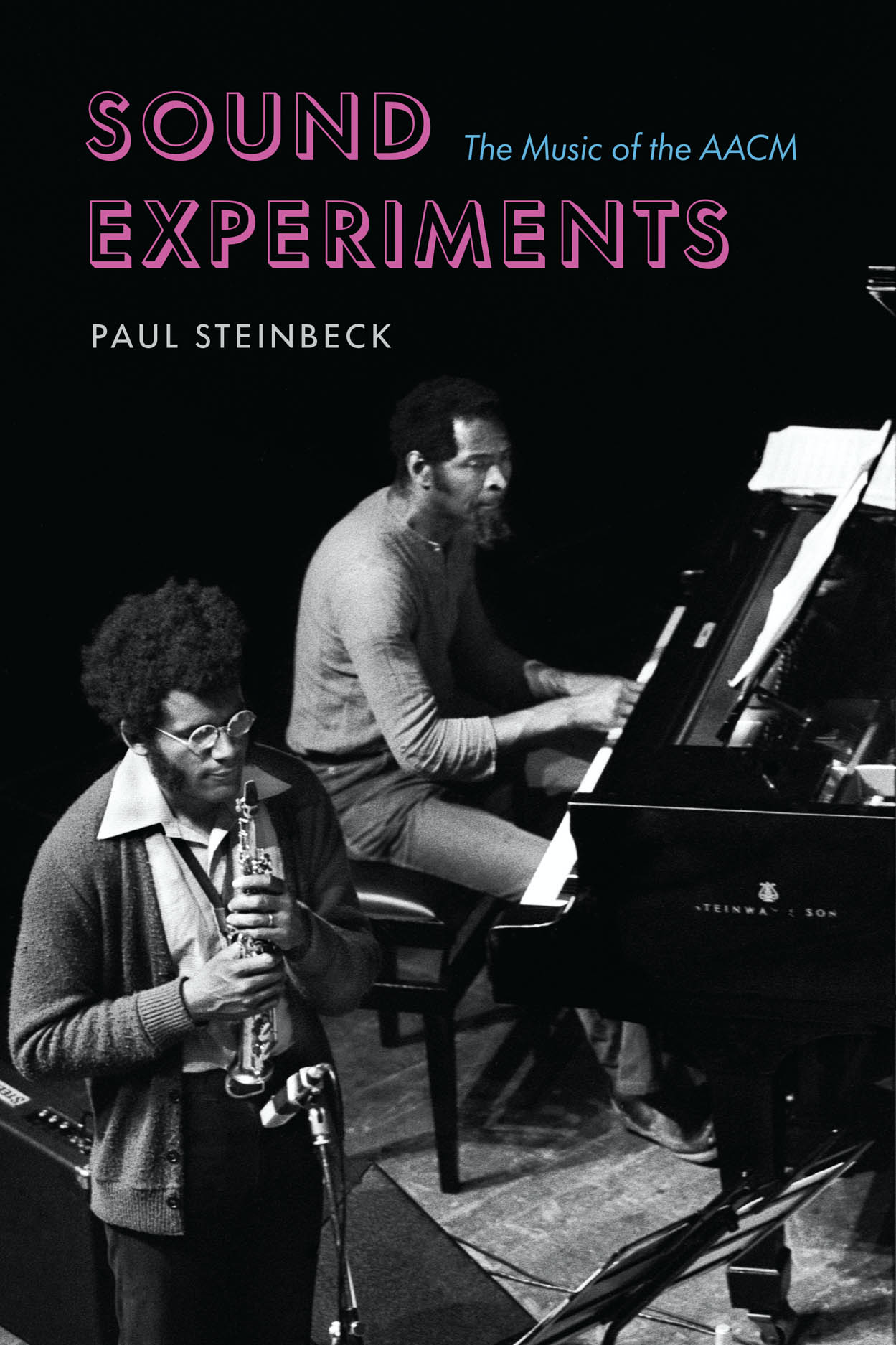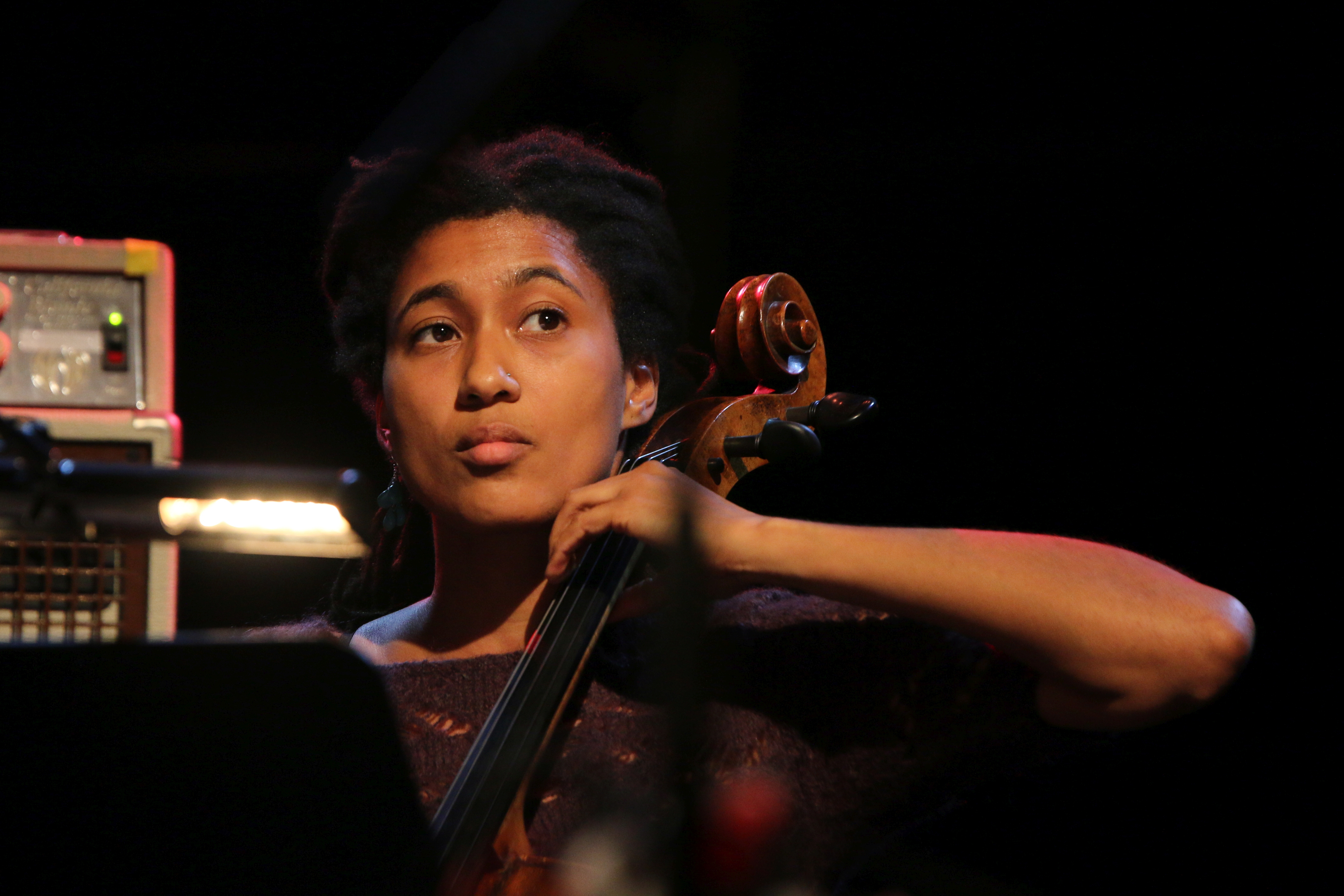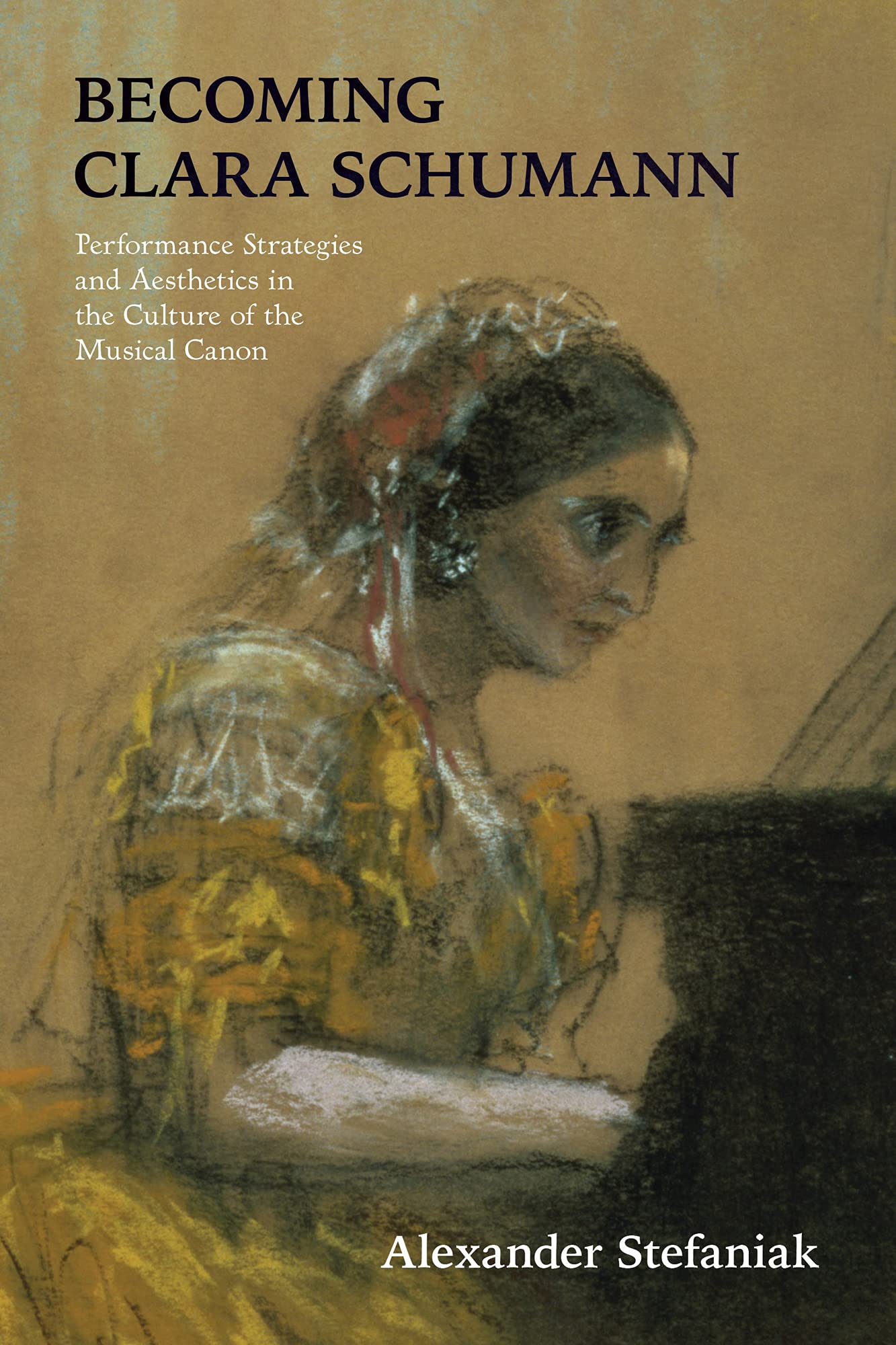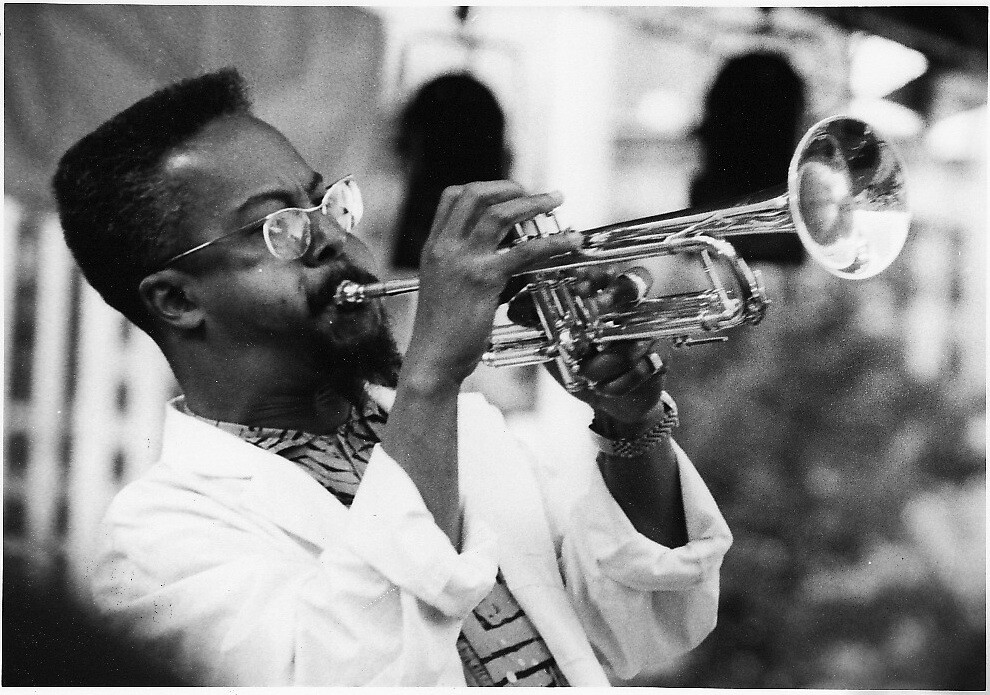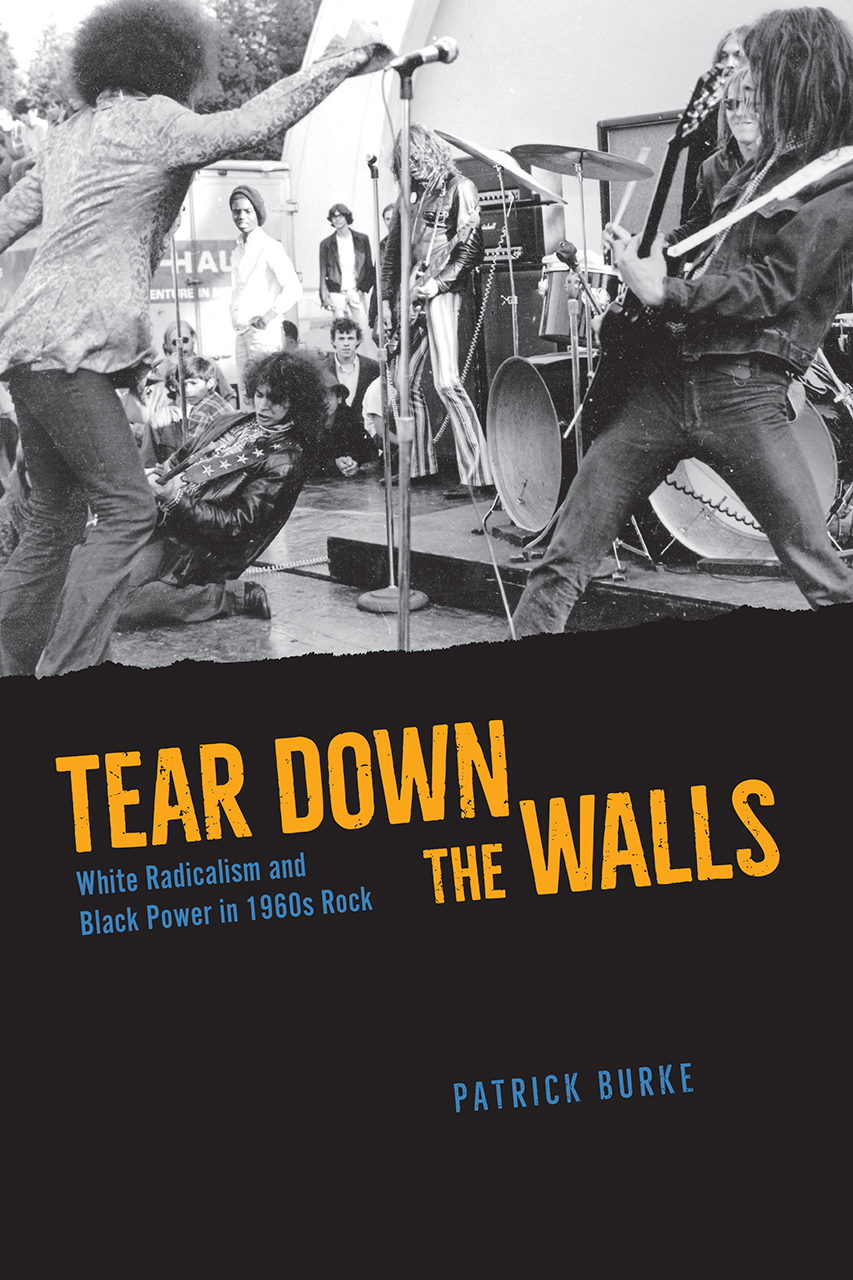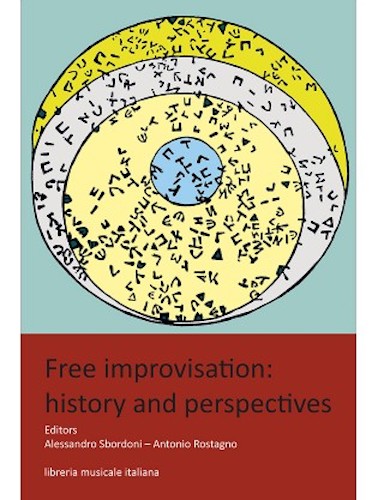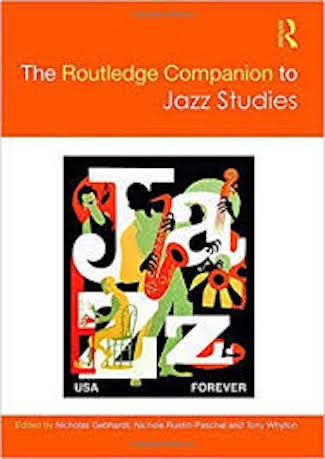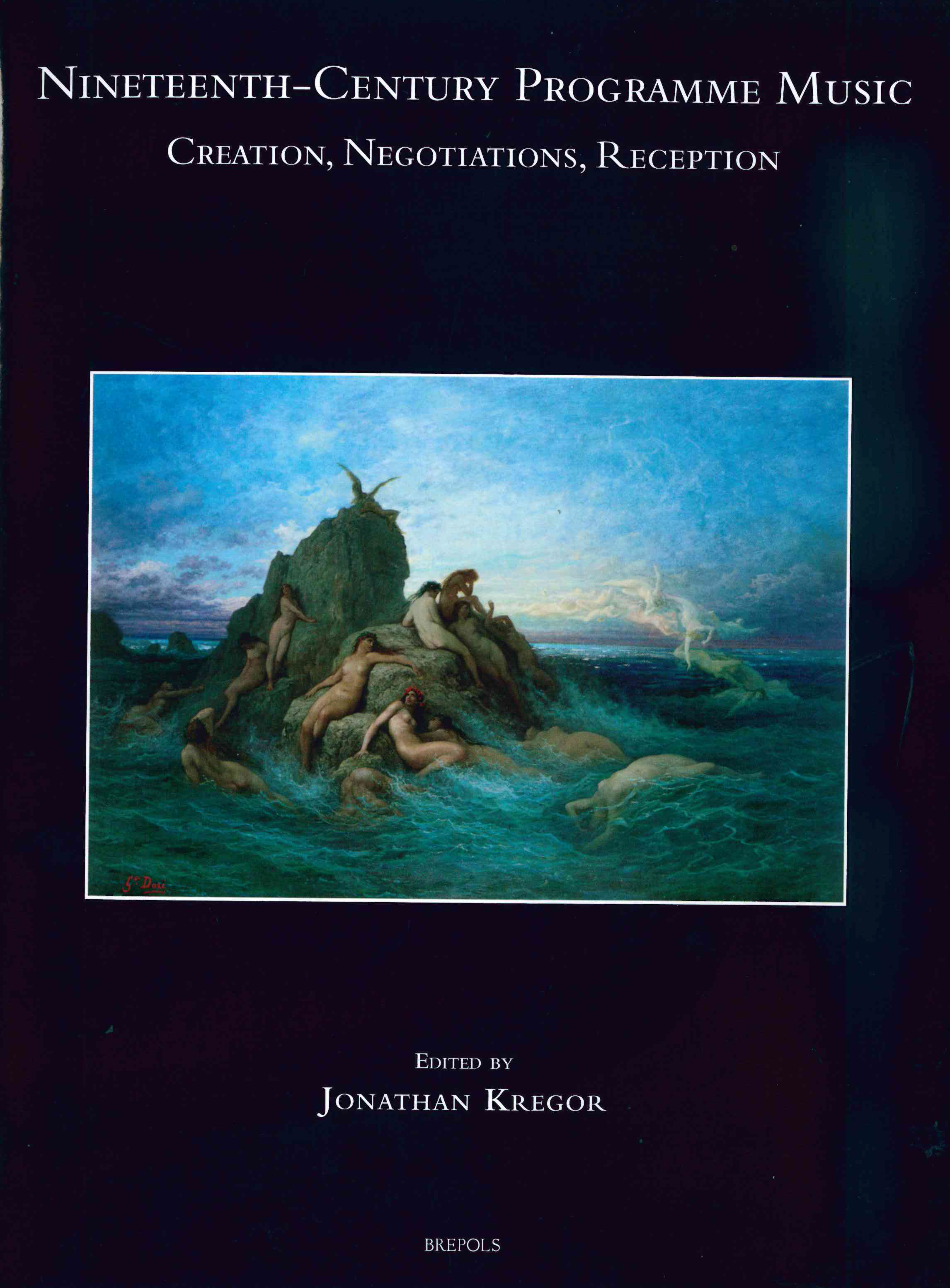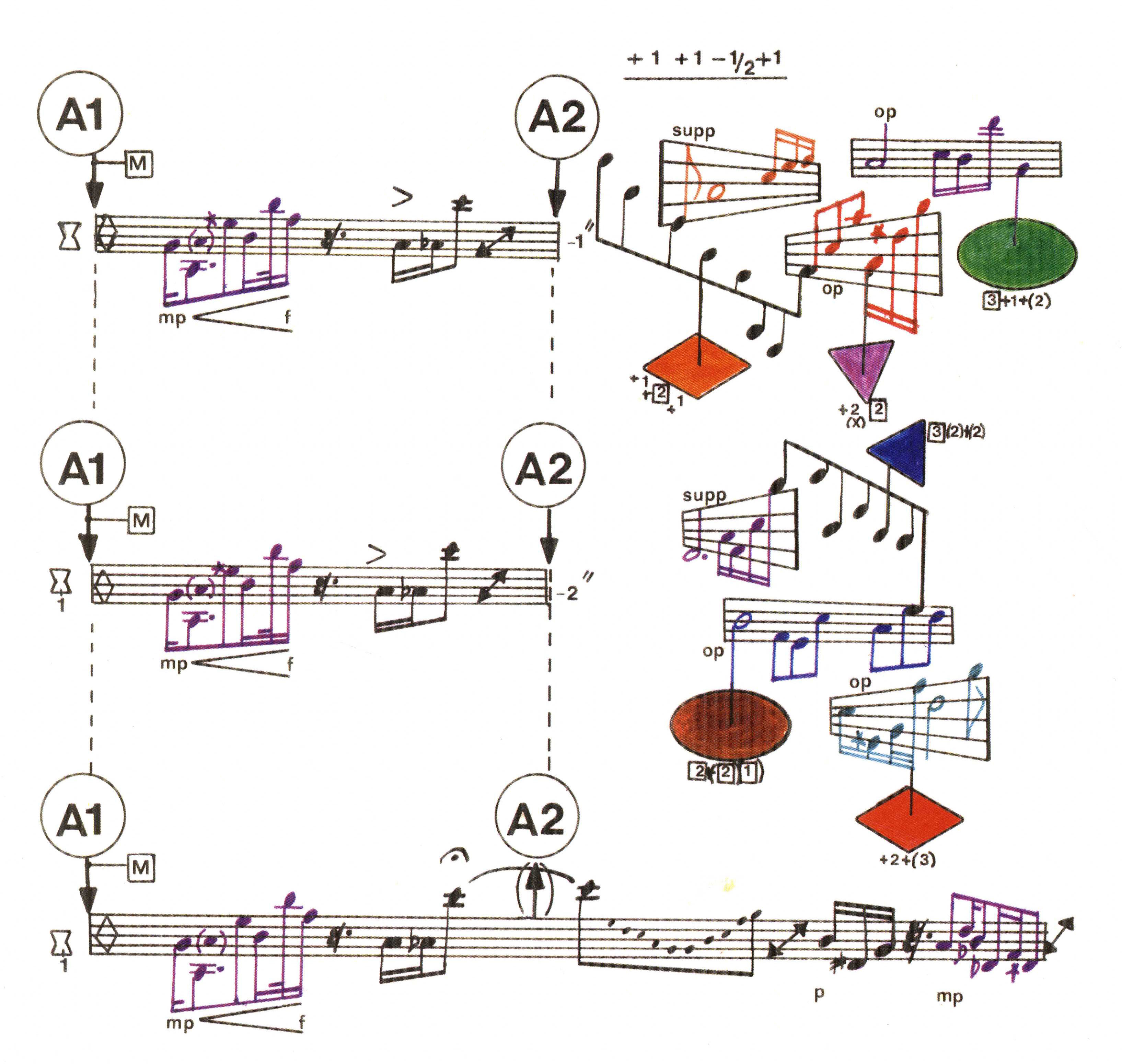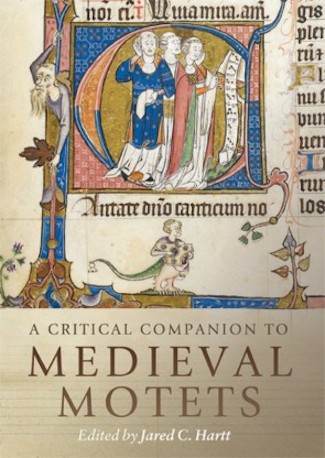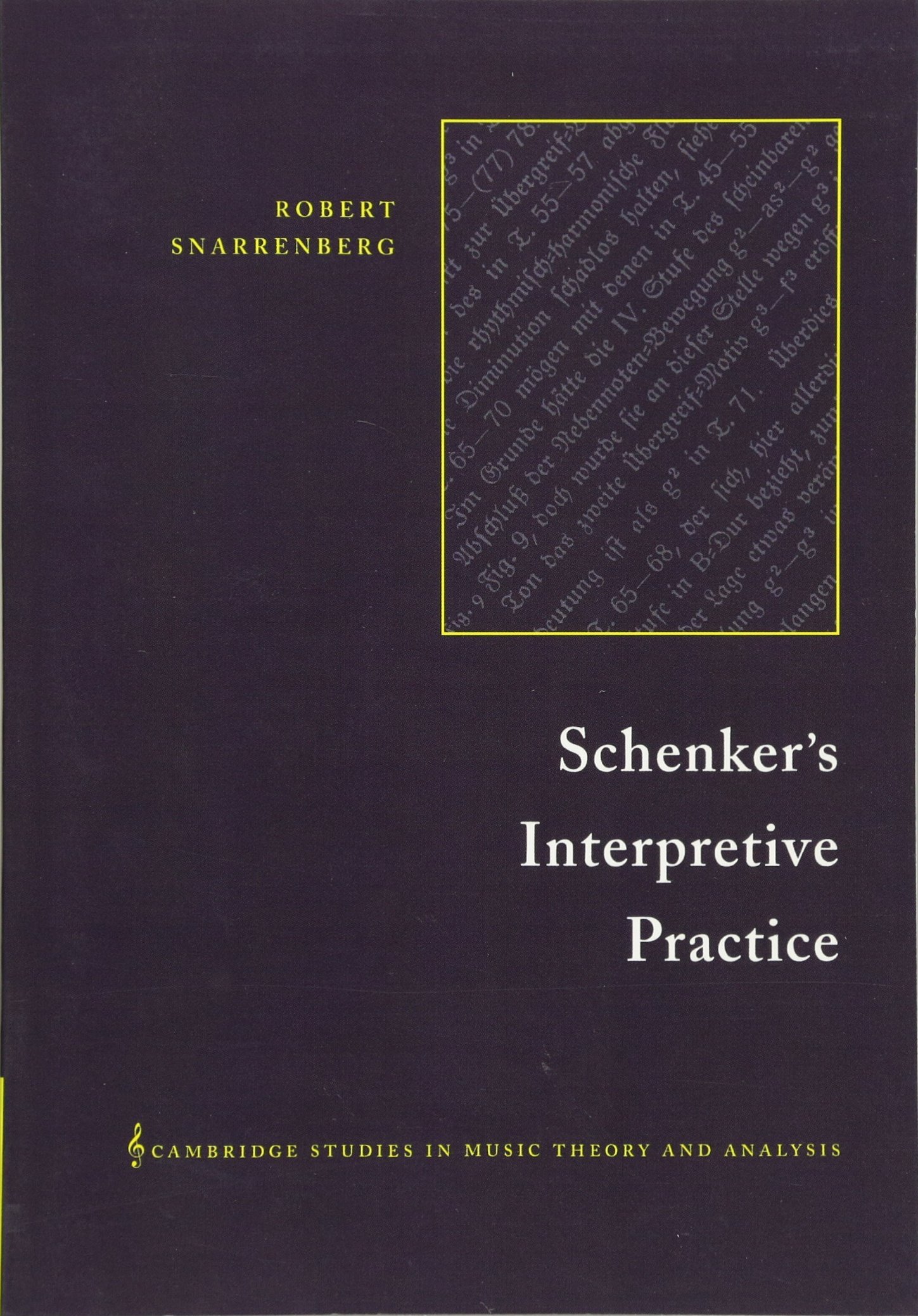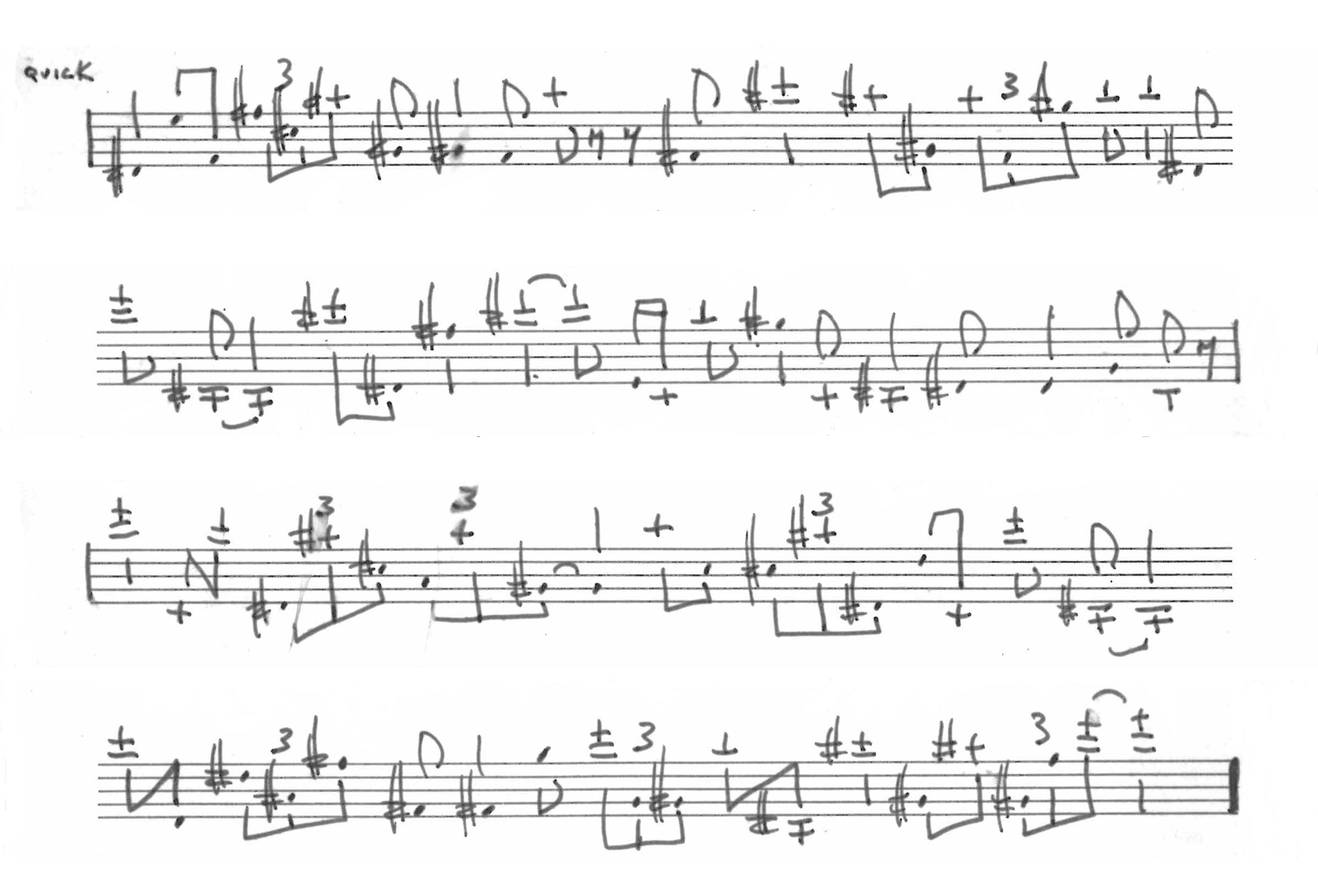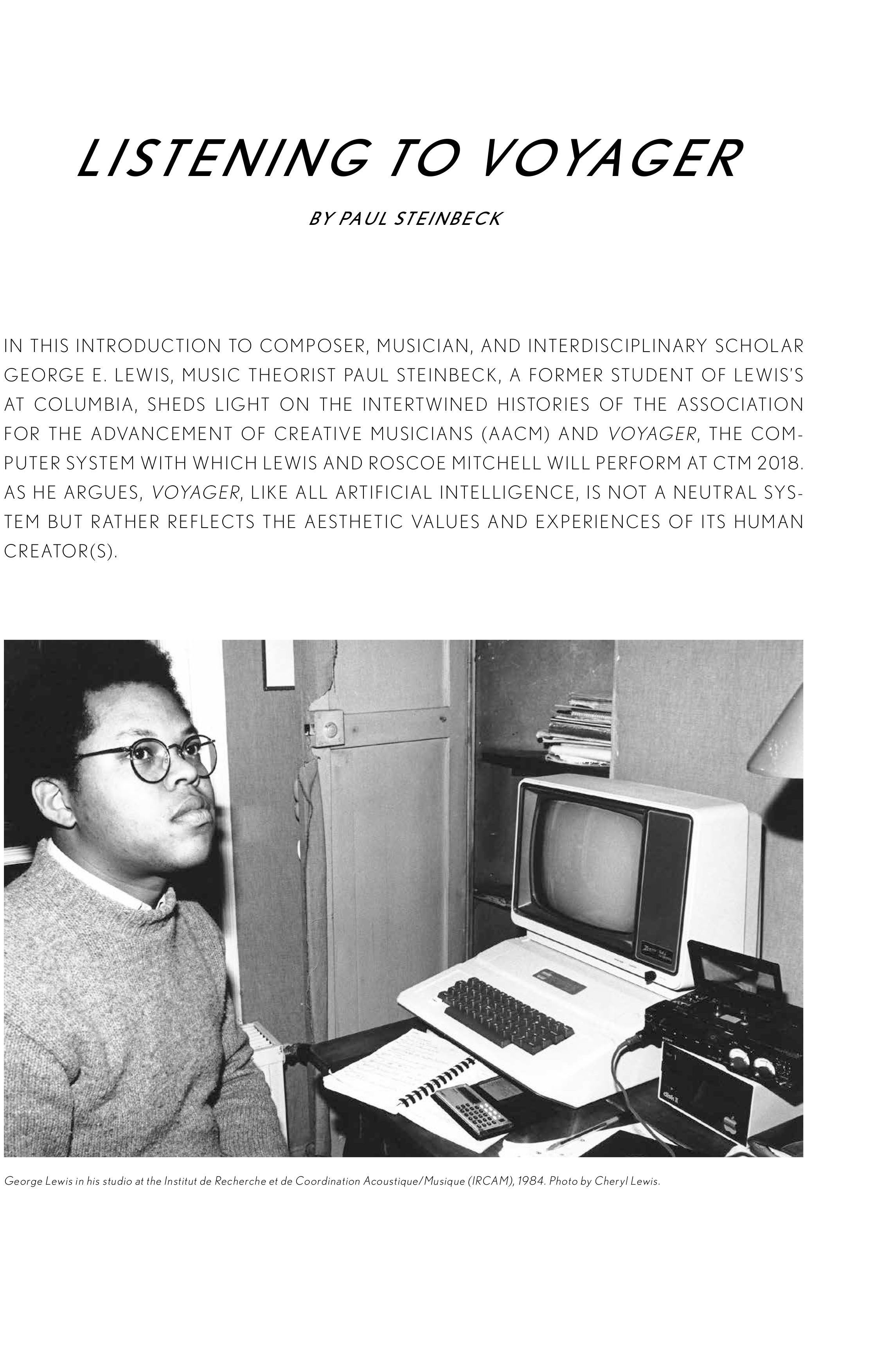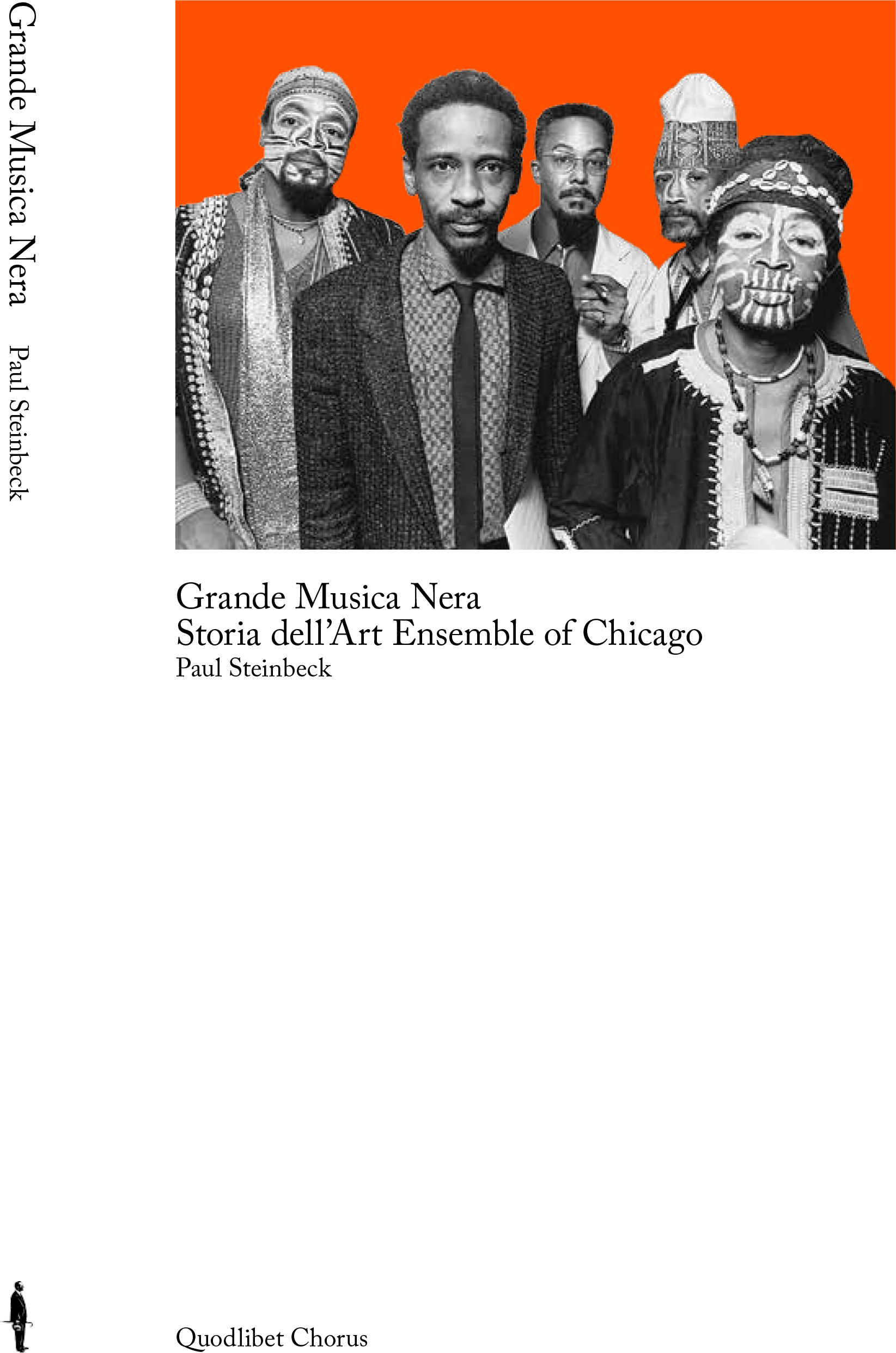Take your education to the next level.
Our department offers an M.A. and Ph.D. in Music, with concentrations in Musicology and Music Theory, and we have an integrated view of musical scholarship. Graduate coursework exposes all students to advanced study in musicology, ethnomusicology, and theory. Washington University also offers many opportunities for interdisciplinary study, with certificate programs in American Culture Studies, Women and Gender Studies, and Film and Media Studies.
We are very proud of our supportive community of faculty and graduate students located on a beautiful campus in a musically-rich city. With a low student-to-faculty ratio, individual attention is a hallmark of our department.
All students accepted for the Ph.D. program receive generous six-year funding packages, with additional support for language study, research, and conference travel. We provide supervised teaching experience and offer opportunities for independent teaching. Our graduates currently hold positions in research universities, conservatories, liberal arts colleges, and engineering schools, as well as arts institutions outside academia.

